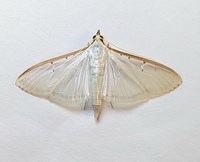
| Recorded by: Mark Basinger on 2024-10-08
Wilson Co.
Comment: | 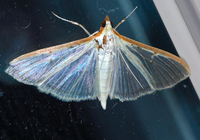
| Recorded by: Jim Petranka on 2024-10-07
Madison Co.
Comment: |
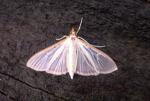
| Recorded by: R. Newman on 2024-07-19
Carteret Co.
Comment: | 
| Recorded by: Maurice Cullen, Todd Pusser, F. Williams, S. Williams on 2024-07-08
Gates Co.
Comment: |

| Recorded by: R. Newman on 2024-06-28
Carteret Co.
Comment: | 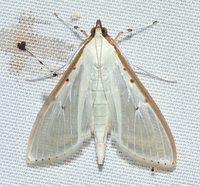
| Recorded by: David George, Stephen Dunn, Jeff Niznik, Patrick Coin on 2024-06-22
Chatham Co.
Comment: |

| Recorded by: Ken Kneidel on 2024-06-13
Mecklenburg Co.
Comment: Adult reared from a leaf roll in Fraxinus pennsylvanicus collected on 5/29/24 and kept indoors in the interim. Pupa noticed on 6/4. | 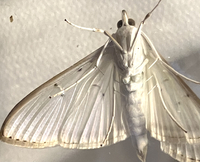
| Recorded by: Ken Kneidel on 2024-06-13
Mecklenburg Co.
Comment: Adult reared from a leaf roll in Fraxinus pennsylvanicus collected on 5/29/24 and kept indoors in the interim. Pupa noticed on 6/4. |
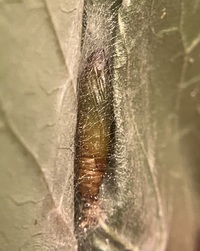
| Recorded by: Ken Kneidel on 2024-06-13
Mecklenburg Co.
Comment: Pupa from a leaf roll in Fraxinus pennsylvanicus collected on 5/29/24 and kept indoors in the interim. Pupa noticed on 6/4. | 
| Recorded by: Ken Kneidel on 2024-05-29
Mecklenburg Co.
Comment: A larva that was in a leaf roll in Fraxinus pennsylvanicus; collected on 5/29/24 and kept indoors in the interim. Pupa noticed on 6/4; adult emerged on 6/03/2024 (see companion photos). |
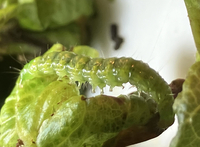
| Recorded by: Ken Kneidel on 2024-05-29
Mecklenburg Co.
Comment: A larva that was in a leaf roll in Fraxinus pennsylvanicus; collected on 5/29/24 and kept indoors in the interim. Pupa noticed on 6/4; adult emerged on 6/03/2024 (see companion photos). | 
| Recorded by: Ken Kneidel on 2024-05-29
Mecklenburg Co.
Comment: A leaf roll on Green Ash. |

| Recorded by: Mark Basinger on 2024-05-26
Brunswick Co.
Comment: | 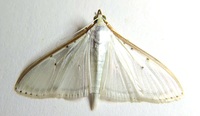
| Recorded by: Mark Basinger on 2024-05-26
Brunswick Co.
Comment: |
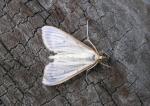
| Recorded by: R. Newman on 2024-05-11
Carteret Co.
Comment: | 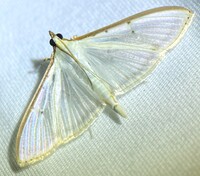
| Recorded by: Dean Furbish on 2024-05-09
Pender Co.
Comment: |
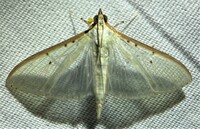
| Recorded by: Dean Furbish on 2023-08-05
Wake Co.
Comment: | 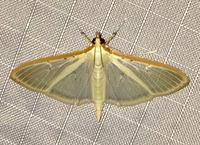
| Recorded by: Ken Kneidel on 2020-08-08
Mecklenburg Co.
Comment: |
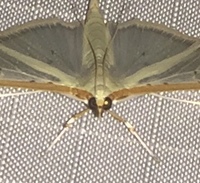
| Recorded by: Ken Kneidel on 2020-08-08
Mecklenburg Co.
Comment: | 
| Recorded by: Gary Maness on 2020-06-24
Guilford Co.
Comment: |
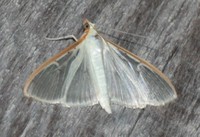
| Recorded by: Julie Tuttle on 2017-11-16
Chatham Co.
Comment: | 
| Recorded by: Doug Blatny/Jackie Nelson on 2012-07-20
Ashe Co.
Comment: |
|

 »
»



 »
»

